I have lived here for nearly half a century, in the southernmost coastal region of the Central region, a peaceful land: Binh Thuan. A place of cultural exchange from the Northern, Central and Southern regions, they brought with them the names of hamlets, villages, customs, speech, and lifestyles of their hometowns, which blended with the local culture, creating the appearance of a very diverse cultural region.
A mark of the times
In this article, I would like to introduce some features of the Quang Nam people living in their homeland of Binh Thuan. They came for many reasons, sometimes they came to find a new land to make a living; or because of government work assignments, but most of all, they were migrants... In the beginning, the Quang people, like other Central people, migrated to the South. They followed the sea route to places with river mouths that were convenient for ships to enter and exit, stopped and settled down, gave birth to children from generation to generation, and became indigenous people. The Quang Nam people came to Binh Thuan quite early, living along the river mouths. In Tuy Phong, they came to live in large numbers in Phan Ri Cua town, where the Luy River flows into the sea. In Bac Binh district, some Quang Nam households settled for a long time in Cho Lau town. In Ham Thuan Bac and Ham Thuan Nam districts, the Quang people lived scatteredly, not in large numbers.
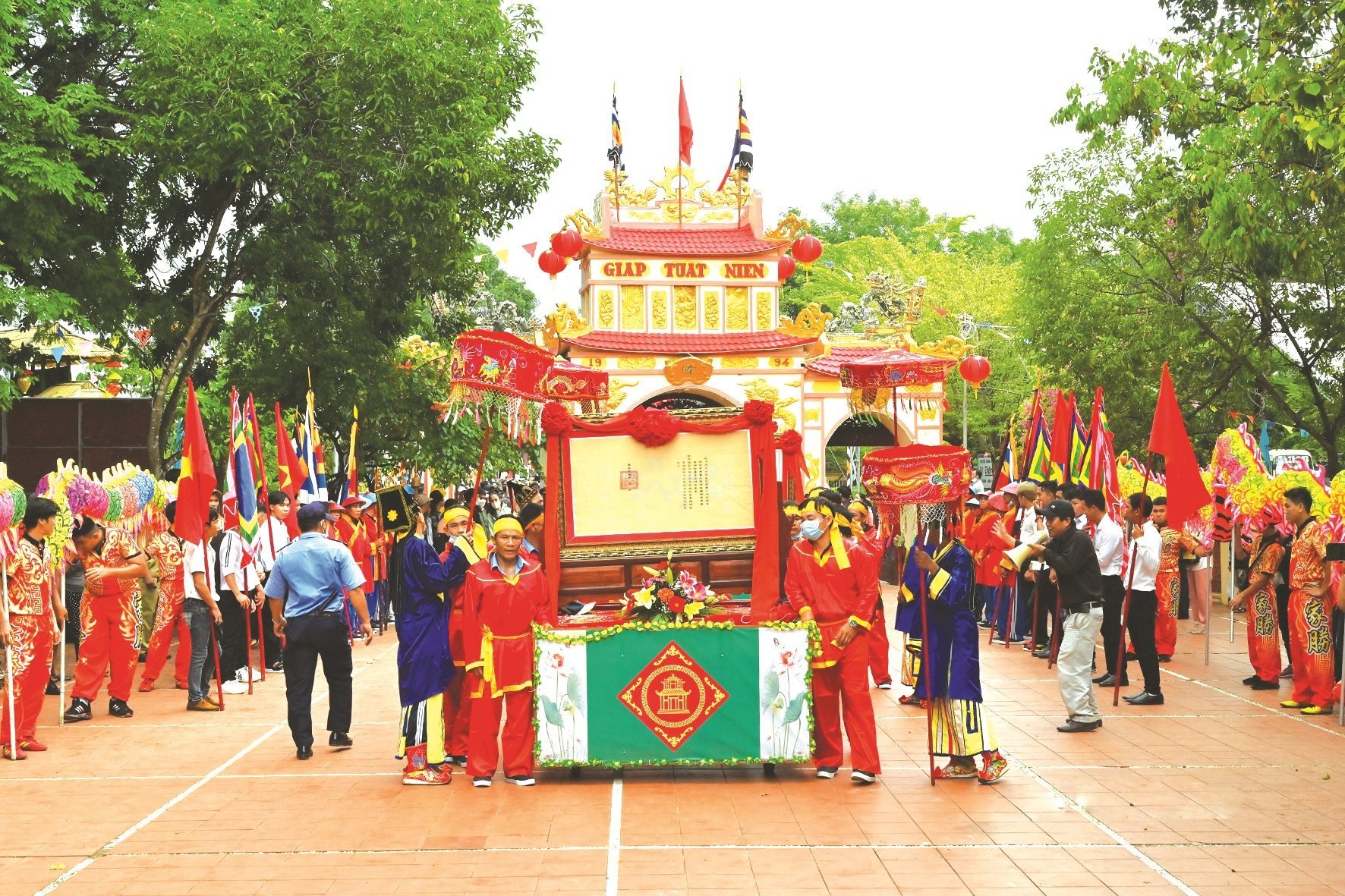
Quang Nam people also came to the Ca Ty river mouth to Phan Thiet sea very early, concentrated in Duc Thang ward. In the beginning, Quang people left marks that the villagers here will always remember. "According to legend, among the first settlers in Duc Thang ward, there were two brothers with the last name Tran, originally from Dien Ban, Quang Nam. The elder brother named Tran Muu, when he arrived, established Van Nam Nghia (in Duc Nghia ward). The younger brother named Tran Chat came to live in Duc Thang commune, and was the one who had the merit of planning the villages for the two wards of Duc Nghia and Duc Thang today"...(1). Tran Chat was a steadfast person, loved by the people, so when he died, they built a temple to worship him. The reason: "On one occasion when Ta Quan Le Van Duyet inspected the southern region, passing through Phan Thiet in 1816, Mr. Tran Chat - a person of high status in the village, together with the people of Duc Thang village, went to block the horse's head to present a petition to resolve the dispute and asked to build a bridge and establish a market. Left General Le Van Duyet, seeing that his carriage was stopped for no reason, was angry and accused the villagers of blasphemy and ordered his soldiers to behead Tran Chat on the spot. When he returned to the capital, he re-read the petition and found that the people were innocent. Left General Le Van Duyet asked the king to confer on Tran Chat the title of "Ancestor of Duc Thang village" (2). Currently, at Duc Thang village communal house, there are 4 tablets of Ancestors, including 2 men with the last name Tran: Tran Chat and Tran Muu. In the 17th year of Tu Duc, November of the year Giap Ty (1864), two men, Tran Van Kim and Le Van Hanh, from Quang Nam, continued to inherit and renovate the communal house to a larger scale. At the same time, in Duc Nghia, there was also a communal house of fishermen from Quang Nam - Quang Nghia who gathered together to form Ho Nam Nghia and the communal house was named Nam Nghia communal house (3). The people of Duc Thang village still preserve an ancient tomb of the former Tran Chat and the tombs of the two later Nguyen Van Tung in Suoi Lo area, Tien Loi commune, Phan Thiet city. The tombstone is engraved with the words "Tien triet chi mo" and a pair of parallel sentences in Chinese, translated as: "Admiring the heroic demeanor, that merit is not buried under three feet of soil/ Sacrificing for the homeland, that spirit lives forever with the people here" (4).
Human love remains forever
In La Gi - Ham Tan, Quang Nam people came to live quite early, moving by sea, arriving at the mouth of the Ma Ly River, finding a place convenient for ships to enter and exit, they chose it as a place to live, reclaim land and establish a hamlet, namely Tam Tan village (Tan Tien commune, La Gi town today). They believed this place was a land of spiritual and talented people. It was the place where the Taoist couple Thay Thim from Quang Nam appeared, who were unjustly judged by the king, so they drifted and flew here to live; the character was mythologized, had miracles, and had contributed to saving the villagers. After Thay Thim and his wife passed away, to show their gratitude, they built a temple. Today it is the Thay Thim palace, a spiritual place that attracts many visitors from all over to visit and worship; recognized as a national historical and cultural relic. Quang Nam people live quite concentratedly in Tam Tan commune. This is also where the first party cell of Binh Thuan province was established, named Tam Tan cell. (5) According to Ngo Van Tuan's records, there is another village of Quang people: "My village was established nearly 60 years ago (1966), at first the village had over 200 households, mostly of Quang Nam origin, coming from the immigrant areas of Huy Khiem, Lac Ha, Nghi Duc, Me Pu... (belonging to Duc Linh and Tanh Linh districts). At the beginning of the village, there used to be a purple sim hill, at the end of the village there was a poetic Do stream. The name of the village is also very peaceful: Phuoc Binh. Today the village belongs to Tan An ward, La Gi town". Here, a cultural life is formed, they organize a Village Worship at the end of the year in the early morning of the 25th of Tet. Village Worship is not available everywhere, they pray for favorable weather, peaceful villages, good health for everyone... (6)
In Duc Linh district, people from Quang Nam settled in Vo Xu, Me Pu, Nam Chinh, Sung Nhon... "Duc Tai is where the earliest community of Duc Linh district was formed. Among them, the majority are people from Quang Ngai and Quang Nam provinces (...). Regarding spiritual culture, to praise the ancestors, to look back to the national origin, to express the aspiration to reach truth - goodness - beauty of the people here, they built spiritual addresses, such as Vo Dat communal house; Thuan An temple (ward 2); Phu Tho temple (ward 5); Phu Thien temple (ward 6) and Dong An temple (ward 7). All communal houses, pagodas and temples were built before 1975 (7). In Sung Nhon, from 1957 to 1960, people from Quang Nam and Quang Ngai provinces were forced to establish residential areas: in Tra Tan there were 1,500 people, in Vo Dat: 2,000 people, in Vo Xu: 3,000 people... By early 1961, people from Que Son, Duy Xuyen, Tam Ky, Dai Loc districts of Quang Nam - Da Nang province were brought to establish Sung Nhon I residential area with 3 villages. In March 1963, 180 more families with 900 people were brought to establish Sung Nhon II, with 4 villages.(8)
In Tanh Linh district. “In 1954, the puppet government of the South forced people to establish strategic hamlets and plantation areas. In the years 1957, 1959, 1965, tens of thousands of people from Quang Nam and Quang Ngai were forced to establish plantation areas in Huy Khiem, Te Le, Bac Ruong, Nghi Duc, Gia An. The Tanh Linh people today are most populous in Thua Thien - Hue, Quang Nam, Quang Ngai. There have not been many indigenous people in the past”. In the Tradition of the Revolutionary Struggle of Tanh Linh, there are pages dedicated to praising a Quang Nam man who made many contributions to the resistance against colonialism in his homeland of Tanh Linh, that is Le Van Trieu, he was good at martial arts, had a talent for shooting, was intelligent, had a strange memory, was quick-witted, and clever. On August 25, 1945, comrade Nguyen Gia Tu returned to Tanh Linh to meet with Le Van Trieu... to discuss the seizure of power. Comrade Le Van Trieu was elected Chairman of the Provisional Revolutionary People's Committee of Tanh Linh district. At the second congress of the Binh Thuan Provincial Party Committee, comrade Le Van Trieu was elected as a member of the Provincial Party Committee. In 1954, the organization regrouped, and Le Van Trieu stayed. From 1957, Le Van Trieu became a Standing Member of the Provincial Party Committee, Secretary of the Western Region Executive Committee, in charge of building and consolidating mountainous bases and launching a movement to the Southern Central Highlands. (9)
Regarding culinary culture, Quang Nam people still bring with them their hometown dishes, such as Quang noodles, rice paper rolls with pork, mixed young jackfruit, gai leaf cake, termite mushroom pancake, turmeric braised fish, water fern cake... Especially Quang noodles, they open shops everywhere, from Duc Linh, Tanh Linh, Ham Tan districts, La Gi town, to Phan Thiet city - including Hoi An cao lau... attracting a lot of customers.
With the limited space of the newspaper, it is impossible to tell all the images of lives with many joys and sorrows, hardships, happiness and glory, especially the beauty of humanity, love of life, and talent of the people of Quang Nam in their homeland of Binh Thuan.
Sources: 1,2,4. Looking back at the Quan bridge spans…; 3. Reflecting on Ca Ty, looking up at Thieng Cave… (Notes from Vo Ngoc Van); 5. Phan Chinh – La Gi, an ancient land facing the sea, Writers Association Publishing House, 2017; 6. Ngo Van Tuan – Fifty years and the livelihoods of the people of Phuoc Binh village!; 7. “History of the Duc Tai town Party Committee (1959 – 2015)”; 8. “Sung Nhon – Stages of the Revolutionary Struggle (November 1964 - November 1994)”; 9. “Tanh Linh – Tradition of the Revolutionary Struggle 1945 – 1975”.
Source: https://baobinhthuan.com.vn/xu-so-tinh-doi-128073.html










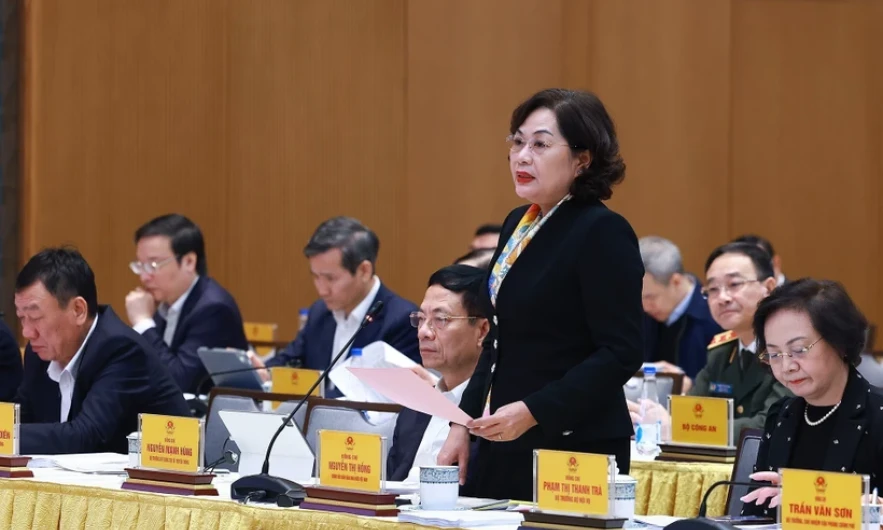
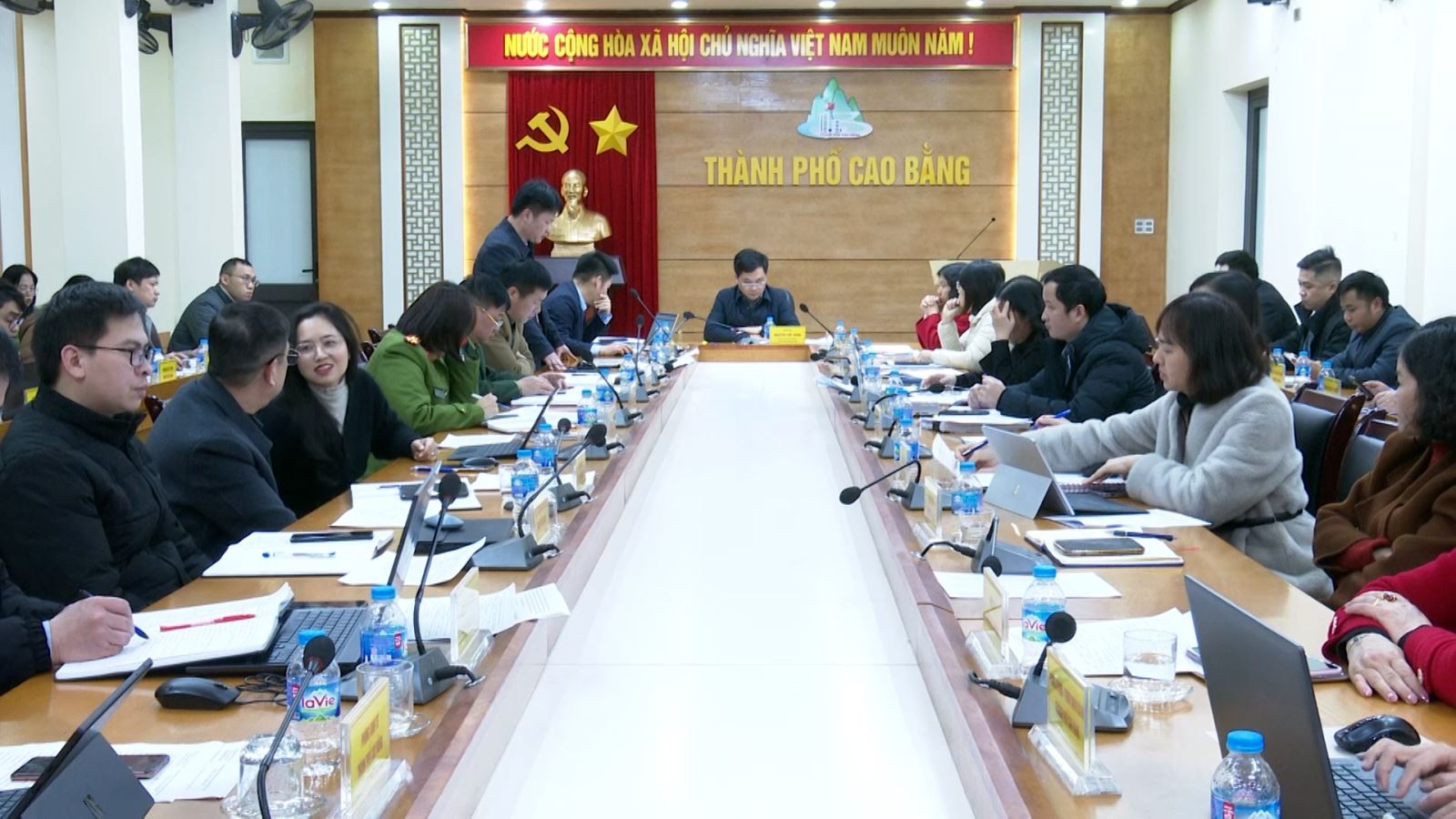
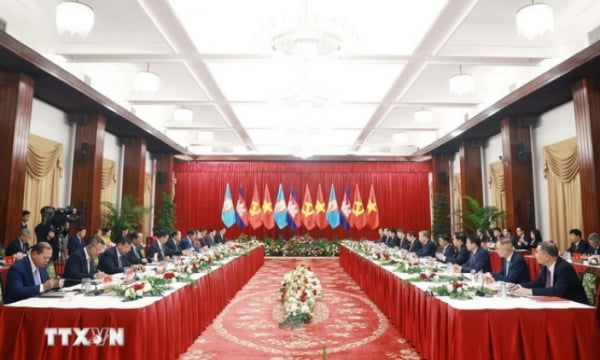
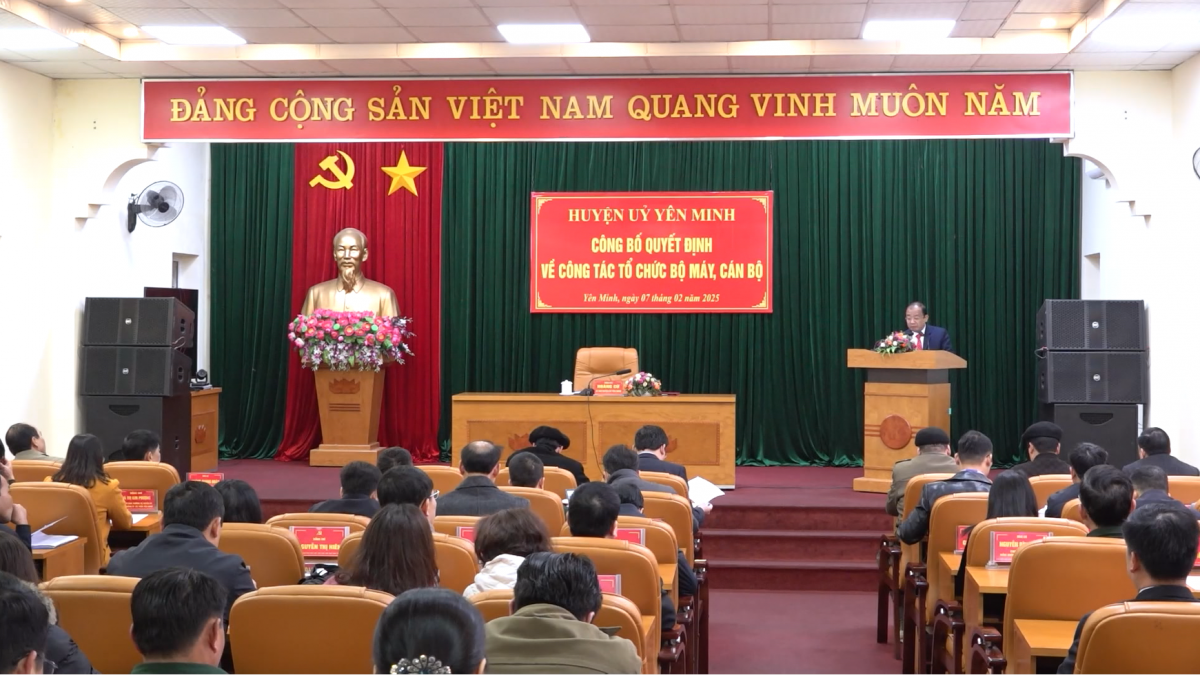
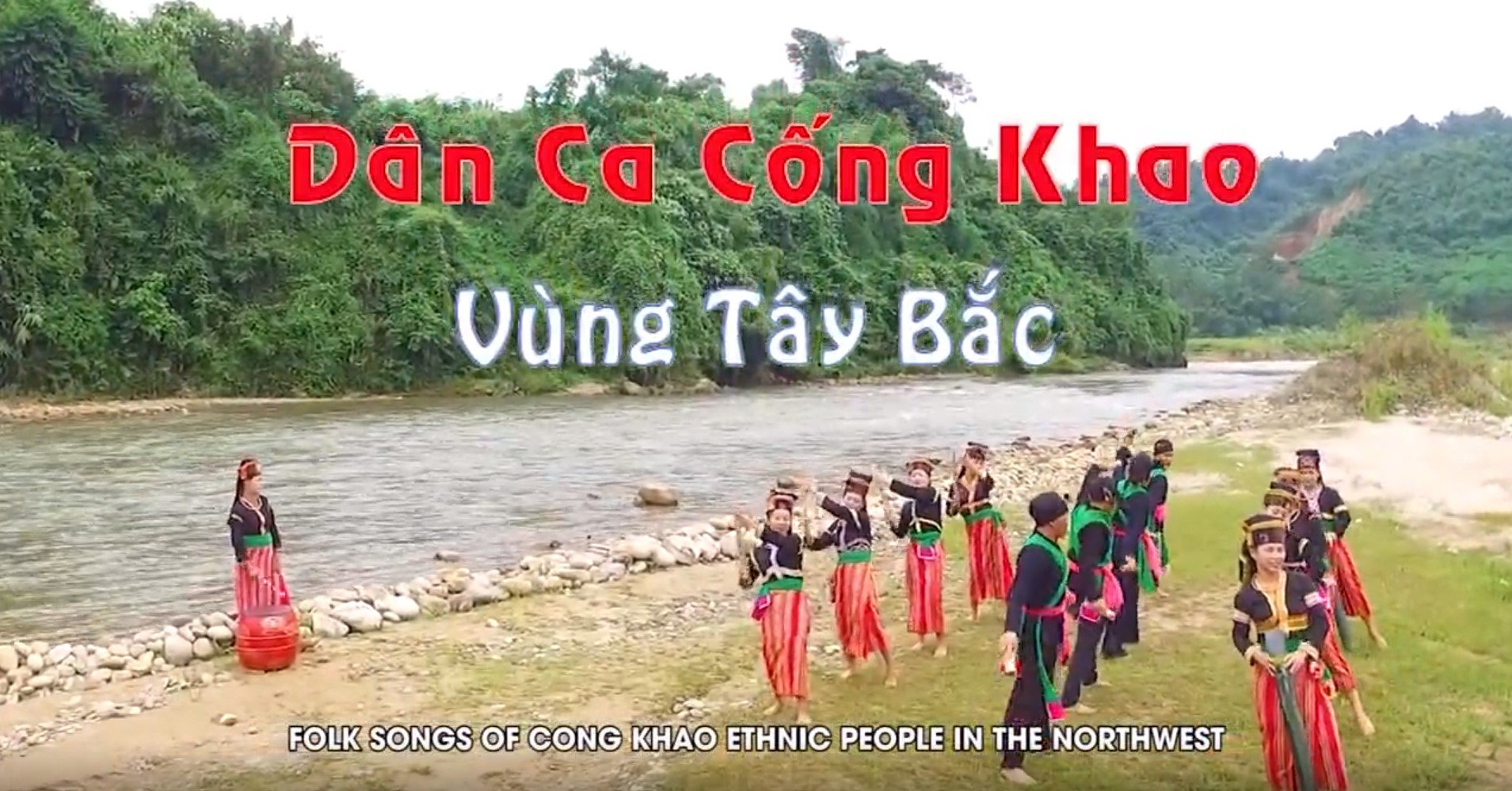
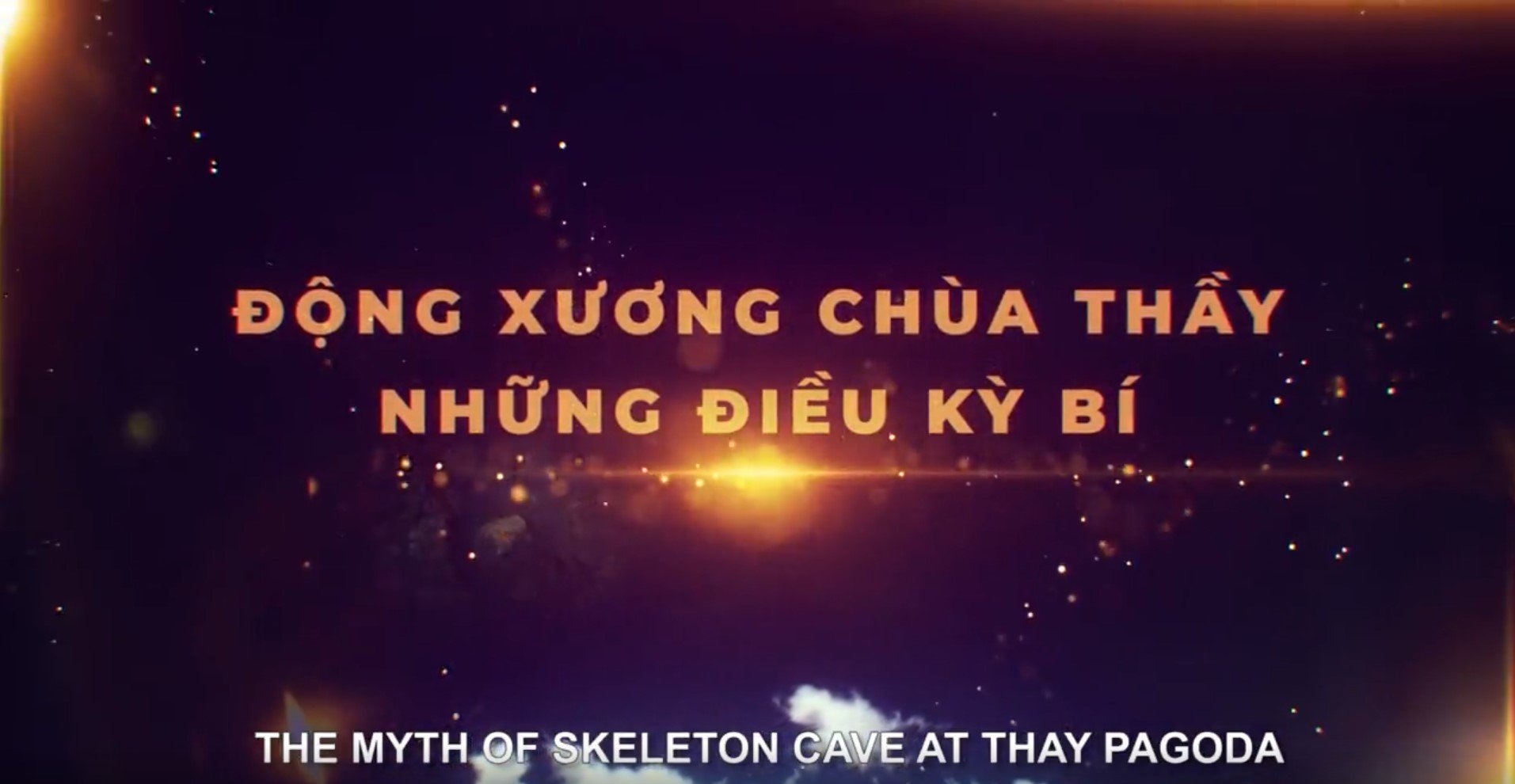
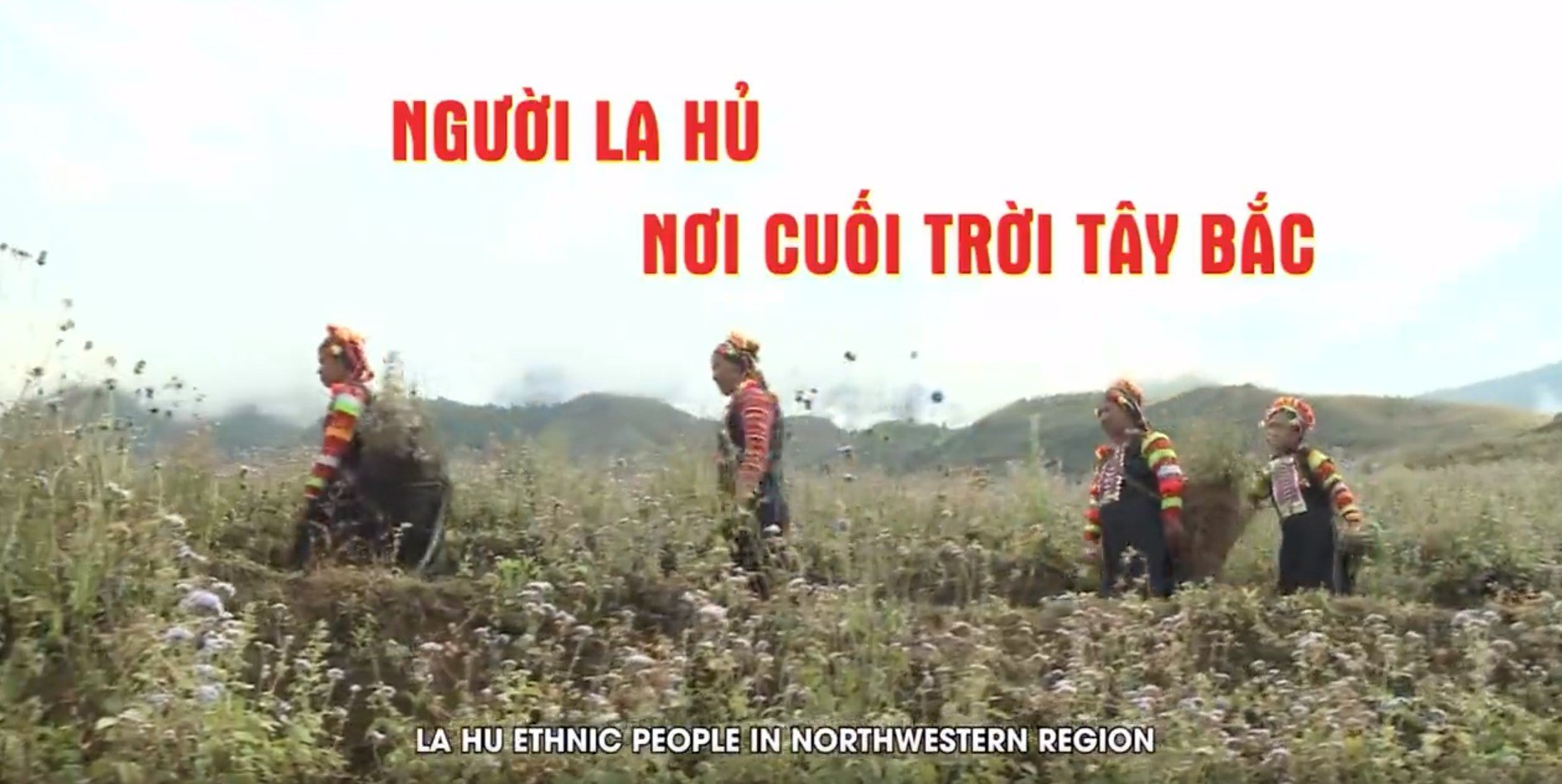
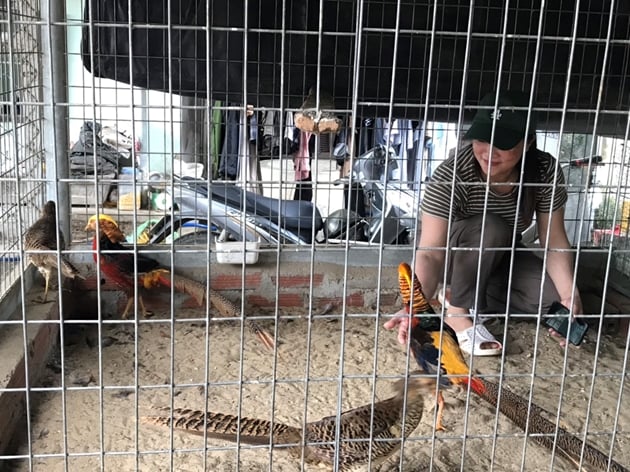



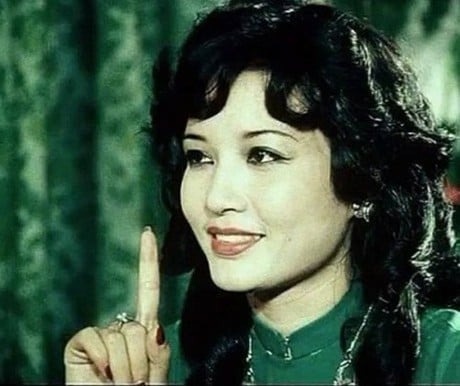


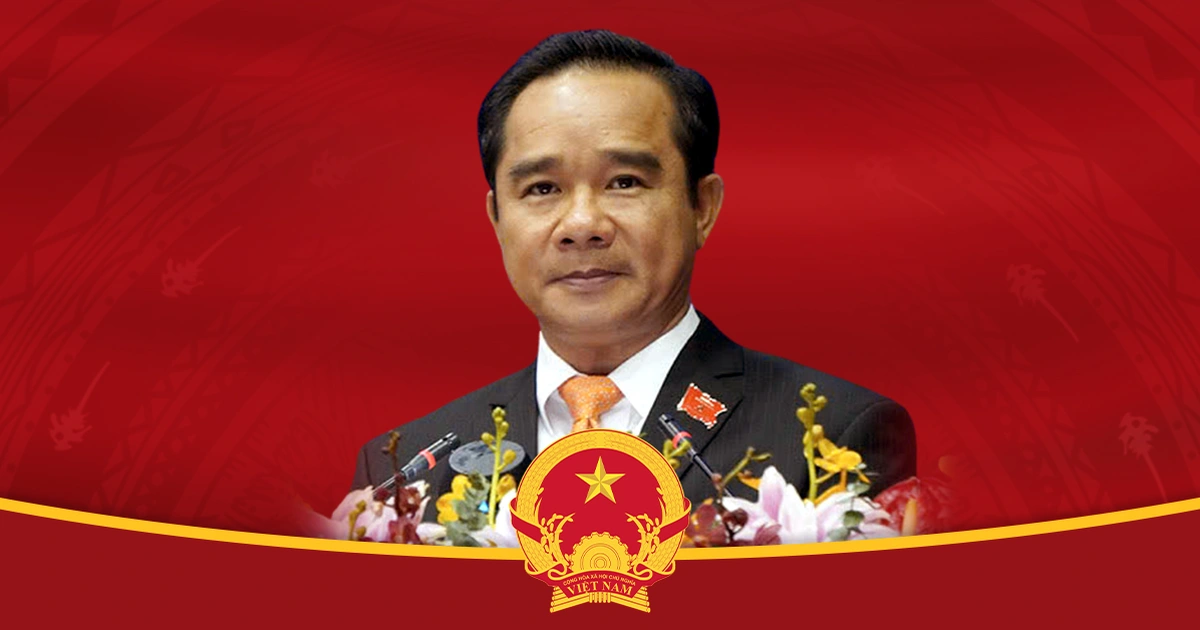



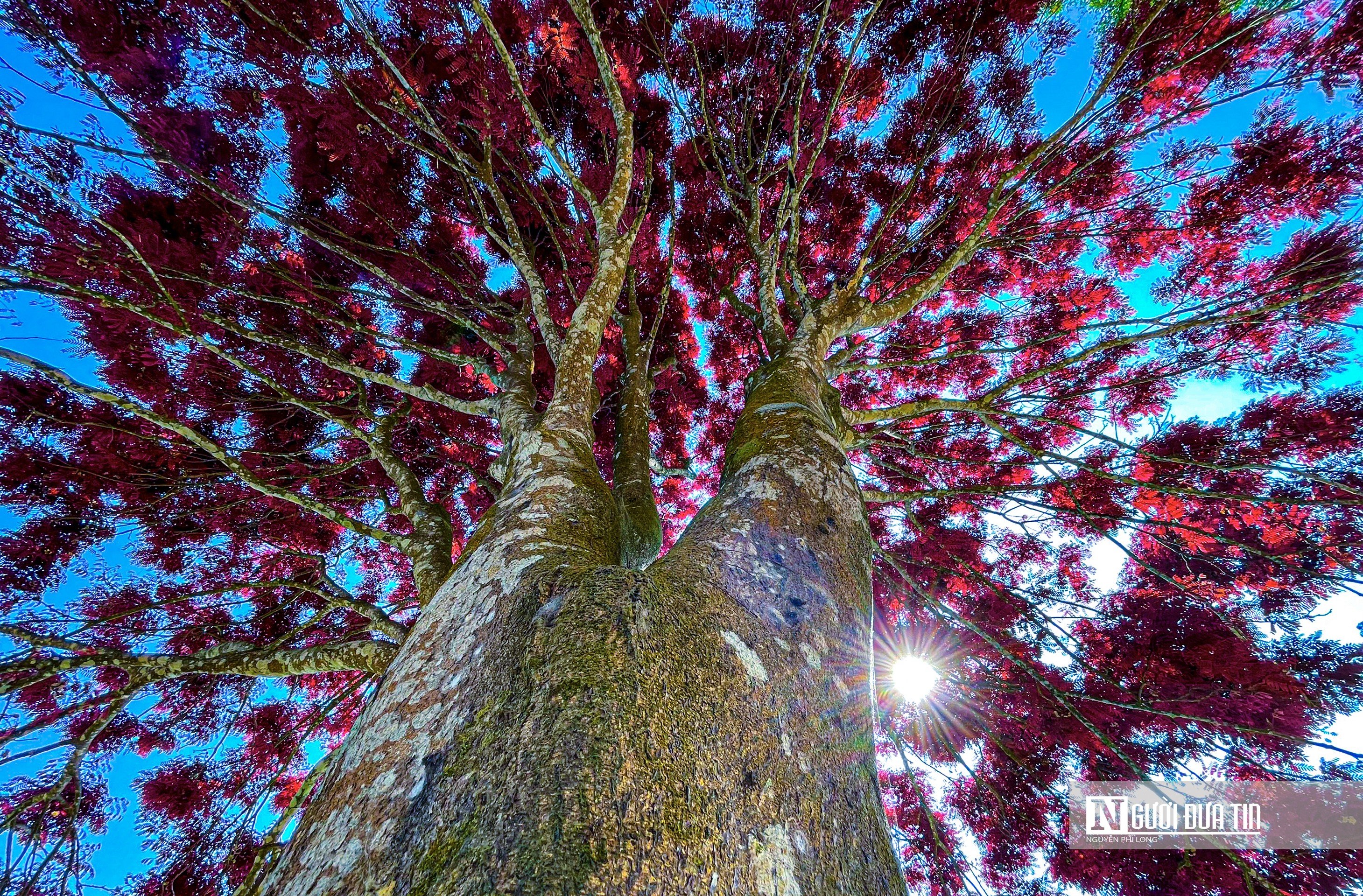
Comment (0)